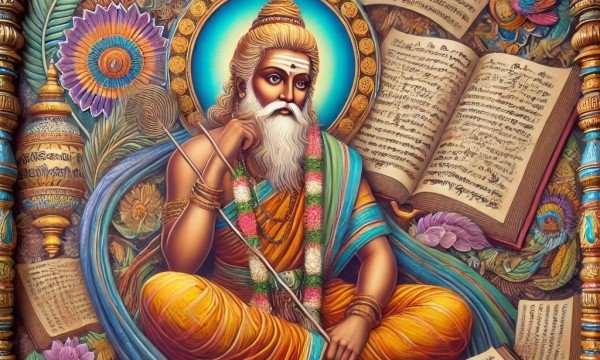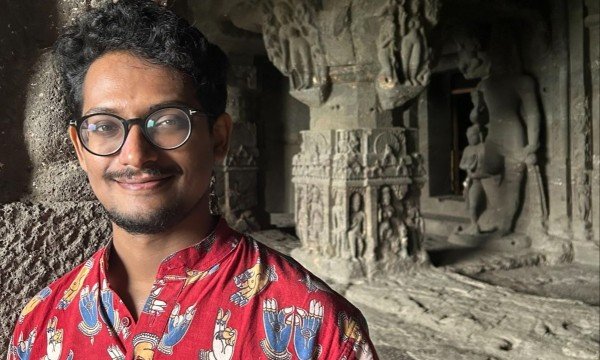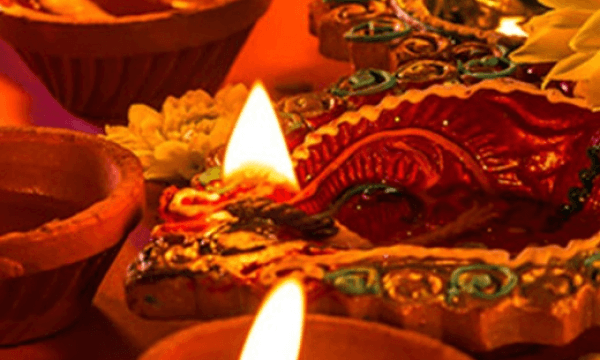
___
***Are you or someone you know in the global Tamil community doing great things? We'd love to feature them: FILL OUT THIS FORM ***
Network & collaborate with Tamil Changemakers from around the world. Request to join our private LinkedIn community here.
___
My grade 10 math class was one of the most memorable classes I have ever taken. Besides learning about quadratic equations extensively and understanding the geometric properties of lines, triangles and quadrilaterals, as was required in the Ontario Curriculum at that time[1], my math teacher wanted the class to learn about famous mathematicians and their contributions towards the evolution of our understanding of mathematics. The very first mathematician that he taught us about was Srinivasa Ramanujan, a Tamil mathematician from British India. As he handed the class printouts of this article, I was intrigued to learn more about the contributions in mathematics by a Tamil individual as a young Tamil student myself. Little did I know that later in my university years, I would briefly encounter Ramanujan’s name once again in one of my physics classes. I was also amazed that Srinivasa Ramanujan is considered as well renowned as Albert Einstein, Isaac Newton and Pythagoras[2].
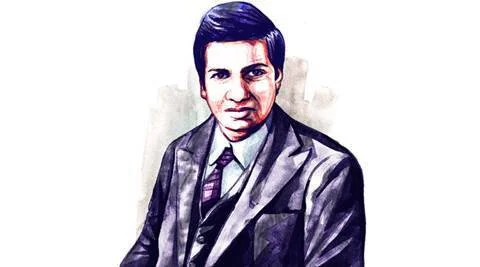
Srinivasa Ramanujan (ஸ்ரீனிவாச இராமானுஜன்) was born on December 22 1887 to a Tamil Brahmin family in Erode, Madras Presidency (ஈரோடு, மெட்ராஸ் மாகாணம்). He was first exposed to mathematics around the age of 15-16 when he obtained a book called A Synopsis of Elementary Results in Pure and Applied Mathematics. This book contained a collection of thousands of theorems with the intent of giving students the coaching needed to pass examinations; however, for Ramanujan, this book brought out his inner mathematical genius. He verified all the proofs listed in the book and started to develop his own theorems and ideas. At such a young age, he calculated the Euler-Mascheroni constant up to 15 decimal places. When he graduated high school, he was awarded the prize for mathematics and was recognized for his outstanding talent. His never ending interest in math came at a price as he performed poorly and failed all other courses. He lost a scholarship allowing him to study at the Government Arts College in Kumbakonam (கும்பகோணம்), and ended up living in extreme poverty with no employment and relying on support from his friends.
___
____
Ramanujan eventually received work under Indian mathematician Ramachandra Rao and, in 1911, Ramanujan published an article on Bernoulli numbers that appeared in the Journal of the Indian Mathematical Society. In 1913, Ramanujan began writing to British mathematician, Godfrey H. Hardy, who began to endorse some of this work, resulting in Ramanujan being able to gain scholarships and grants from the University of Madras and Trinity College, Cambridge. He was then invited to travel to England to learn more about mathematics; originally he was against going due to his Brahmin upbringing not allowing him to travel to foreign lands, but eventually made the travel in 1914 at the age of 24. The travel to England took about a month since it had to be done by ship.
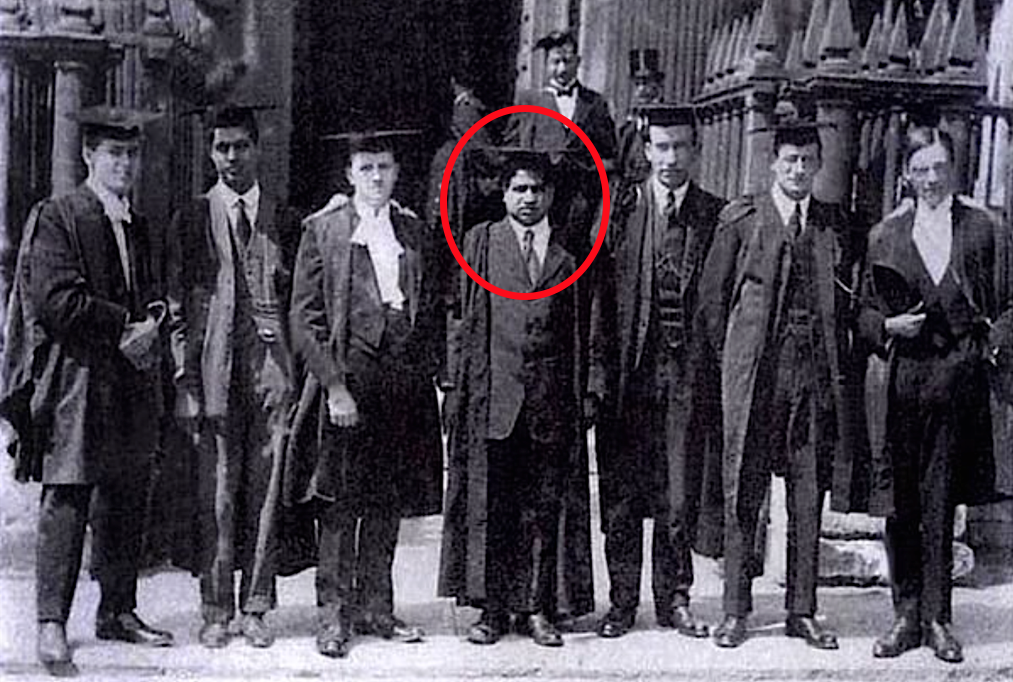
While in England, Ramanujan made significant advances in mathematics. After showing Hardy the hundreds of theorems that he wrote in his notebook, Hardy confirmed that many of them were new breakthroughs that were not yet identified[3]. Ramanujan received a Bachelor of Arts by Research degree during his time at Cambridge. In 1918, he was elected as a Fellow of the Royal Society, an award granted to individuals who have made a “substantial contribution to the improvement of natural knowledge, including mathematics, engineering science and medical science.”[4] Ramanujan was the second Indian admitted and one of the youngest in history. Though Ramanujan made many major breakthroughs and was recognized for his contributions in mathematics, he was diagnosed with tuberculosis and a severe vitamin deficiency, mainly due to being in the colder, darker climate in England. Ramanujan returned to the Madras Presidency in 1919 and passed away in 1920 at the mere age of 32.
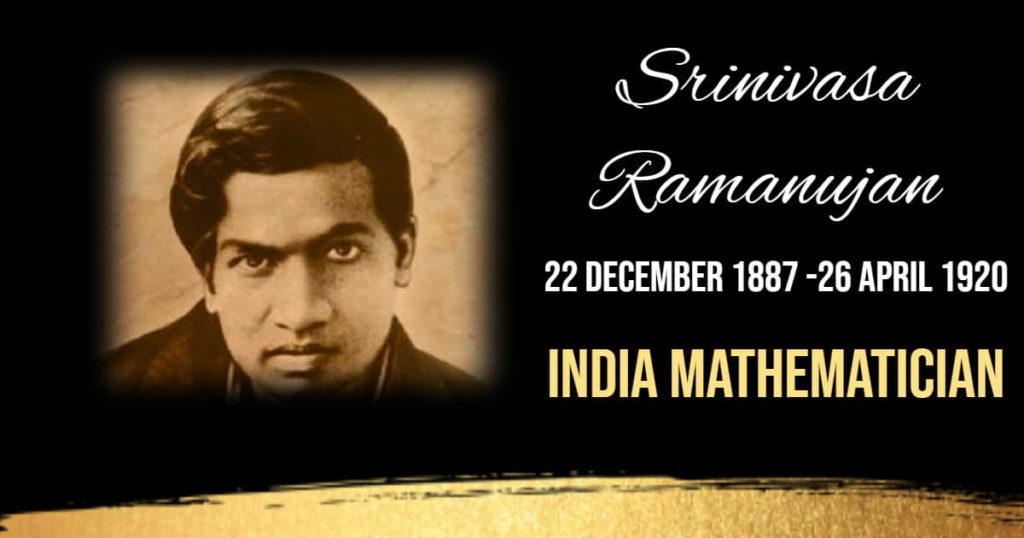
During his short life, Ramanujan left many mathematical thoughts and ideas in his lost notebook, which documented his mathematical discoveries in the final year of his life, some of which are still being verified by mathematicians to this day[5]. Ramanujan’s name can be found all throughout the field of mathematics, including in terms such as Ramanujan’s constant, the Ramanujan tau function, Ramanujan prime and Ramanujan’s sum to name a few.
RELATED ARTICLES:
- TAMIL HERITAGE MONTH: REFLECTIONS OF THE PAST, PRESENT AND FUTURE OF THE TAMIL CANADIAN IDENTITY
- WHY TAMIL HERITAGE?
- JOIN TAMILCHANGEMAKERS: AN ONLINE COMMUNITY FOR TAMIL CREATORS, ENTREPRENEURS & PROFESSIONALS TO LEARN, NETWORK & COLLABORATE
Ramanujan was a deeply religious Hindu and credited his abilities to Namagiri Thayar (நாமகிரி தாயார்), the family goddess[6]. This was very apparent during his time in England working with British mathematicians as there would be many cultural clashes, most notably with religious views, as some of these mathematicians were atheist[7]. Ramanujan said himself that, “An equation for me has no meaning unless it expresses a thought of God.”[8] Ramanujan was a strict vegetarian and was known to have archived most of his ideas in his notebooks[9].

Outside of mathematics, there are many areas where Ramanujan is honoured and recognized. The Srinivasa Ramanujan Medal was created in the 1960s and is a medal awarded by the Indian National Science Academy for work in the mathematical sciences[10]. There are institutions throughout India named after the brilliant mathematician, those of which include: Ramanujan college, the Ramanujan Mathematical Society, and Ramanujan IT City — an information technology business area in Chennai. As of December 22nd, 2011, the date marking the 125th anniversary of Ramanujan’s birth, the government of India has declared this as National Mathematics Day[11]. A film was also made to honour Ramanujan and the obstacles he overcame in his short, but profound life.
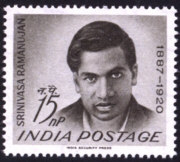
As I now look back at what I had learned that day in math, I realize that our class only scratched the surface of who Ramanujan was, the depth of his mathematical achievements, and how he left such a profound impact in mathematical sciences to this very day. This Tamil mathematician is a prime example of how motivation, determination, hard work and a little bit of luck are needed to foster an innate talent. Ramanujan’s short life and lasting legacy inspires me to this day, reminding me that we must seize opportunities that come our way and do what invokes our passion. We only have this life to leave our mark and our choices have a profound impact on what we make of ourselves. As a Tamil, I am proud that a fellow Tamilian has paved the way for advancements in STEM for future generations to come. I credit my grade 10 math class teacher for introducing the class to Srinivasa Ramanujan and bringing diversity into our curriculum. It is my sincere hope that Ramanujan’s story inspires students, math learners and those who need a reminder to be resilient in their honing of talents amidst their pursuits.
https://www.britannica.com/biography/Srinivasa-Ramanujan
https://mathshistory.st-andrews.ac.uk/Biographies/Ramanujan/
[3] Hardy, G. H. (1940). Ramanujan. Cambridge: Cambridge University Press. p. 10.
[6] Kanigel, R. (1991). The man who knew infinity: A life of the genius Ramanujan. New York: Charles Scribner's Sons. ISBN 978-0-684-19259-8.
[7] Hardy, G. H. (1940). Ramanujan. Cambridge: Cambridge University Press. p. 10.
[8] Chaitin, Gregory (28 July 2007). "Less Proof, More Truth". New Scientist (2614): 49. doi:10.1016/S0262-4079(07)61908-3.
[10] https://www.indiascienceandtechnology.gov.in/nurturing-minds/s-and-t-awards/national/srinivasa-ramanujan-medal
[11] https://www.ndtv.com/education/national-mathematics-day-2021-know-about-srinivasa-ramanujan
**Looking to create your love story? Join the other couples who have dated and got married through myTamilDate.com!***
"myTamilDate Love Story: Jenani & Nav Found Each Other At The Right Time And Right Place In Life"
"myTamilDate.com Love Story: Tharshi & Ravi Found Love During Lockdown"
"How France Met Canada: A MyTamilDate.com Love Story"
***CLICK HERE to listen to us on Spotify!***
Related Articles:
- "The Tamil Creator Podcast (Ep.47): Mathusha Senthil - Founder/CEO of Sex Toy Company (Thaen Pot) & Media Platform (Thaen X)"
- "The Tamil Creator Podcast (Ep.46): Ruban Kanapathippillai - Serial Tech Entrepreneur With Two Exits Collectively Over $1 Billion"
- "The Tamil Creator Podcast (Ep.45): Sharon Bala - Award-winning & Bestselling Author of "The Boat People""
- "The Tamil Creator Podcast (Ep.44): Vas Saranga - Canadian Actor, Writer & Entrepreneur (TheOnlineActor.com)"
- "The Tamil Creator Podcast (Ep.43): Roveena - Multi-Award Winning Canadian Recording Artist, Songwriter & Pianist"
- "The Tamil Creator Podcast (Ep.42): Kartik Bala - CEO & Co-Founder of SnapSmile, AI-Driven Oral Health Monitoring App"
- "The Tamil Creator Podcast (Ep.41): Dr. Saskia Sivananthan - Chief Research & KTE Officer At The Alzheimer Society of Canada"
- "Award-Winning Tamil-American Author And Educator SJ Sindu, Releases Second Novel Called "Blue-Skinned Gods" That Explores Identity, Faith, Family & Sexuality"
- "Serial Entrepreneur Vinoth Kumar Created Singapore-Based App ABL-ify To Remove Stigmas Around Autism In Asian Communities"
- "Boston-Based Suba Suntharalingam Overcomes Challenges As An Immigrant To Start Non-Profit Providing Opportunities For The Wounded, Widows and Orphans of War In Sri Lanka"
- "Elite Athlete, Coach, Future Chiropractor & Entrepreneur Abirami Shanmugaratnam Is Making Waves In The Athletic Performance Industry"
- "Toronto's OG Food Writer Suresh Doss Is Using His Reach And Voice To Help Engineer A Comeback For Beleaguered Restaurant Industry"
- "Ballet And Kung Fu Trained Australian Actress & Writer Rubi Balasingam Is Promoting Tamil Voices In Aussie TV And Film"
- "Yathusha Kulenthiran's Marketplace For Environmentally Sustainable Palmyra Products Empowers Female Artisans In Sri Lanka"
- "Australian-Tamil Entrepreneur Sujan Selven Is Creating Economic Opportunities For Remote Villages In Northeast Sri Lanka Using Upcycled Devices & Improved Connectivity"
- "Crypto Tinhorn & Former Journalist Anand Venkateswaran Talks About Buying A $69M Digital Art Piece, Collecting Stories & Catalyzing Change"








